Over the last few years, I’ve delivered humor keynotes to companies around the world. The organizations have varied in size (small business to Fortune 50), industry (consumer goods to technology), and location (Philippines to Philadelphia).
One of the most common questions I receive is: “How do you know what humor to use?”
While there are no guaranteed answers, and part of what defines your sense of humor is what you decide to do, there is something that can help. I call it the Humor MAP.
The Humor MAP
The Humor MAP is what I use to determine what type of humor to use, regardless of organization size, industry, or location. It also helps choose the right humor for different cultures, different work contexts, and different times of day (my math jokes don’t seem to go as well at 9am when people’s coffee has yet to kick in).
The MAP stands for:
- Medium: How are you going to execute the humor? Is it an image, video, text, or done live? Will it be in an email, document, meeting, or presentation?
- Audience: Who is the recipient of the humor? How many people? What do they know? What do they need? What do they expect?
- Purpose: Why are you using humor? To improve communication, build relationships, enhance problem solving, increase productivity, or strengthen leadership?
If you know these three things, you’ll have a good idea of what type of humor to use to get the best results.
What is the Medium?
The medium is all about the how. How is the humor going to be received by the audience? Will it be in a live presentation with a speaker, pre-recorded on a video the audience watches on a monitor, or written on a sheet of paper for them to read?
Depending on the medium, different types of humor are more effective. One type of humor (e.g. music) may be perfect for one medium (aural), but terrible for others (visual). The best way to experience Fur Elise is to hear it played, not see it written on paper.

The execution of humor is vital to its success. If you pick the wrong type of humor for the way it will be received, your audience will be confused instead of amused.
When choosing your humor, think about what will work best for the medium you will use.
Who is the audience?
The next component of the Humor MAP is the audience, which is all about the who. Who will be the recipient of your humor? What do they know? What do they expect? What do they need?
It’s important to understand your audience because they dictate whether or not what you say is funny. If your audience is filled with people who speak English as a second language, wordplay and puns may not be your best bet.
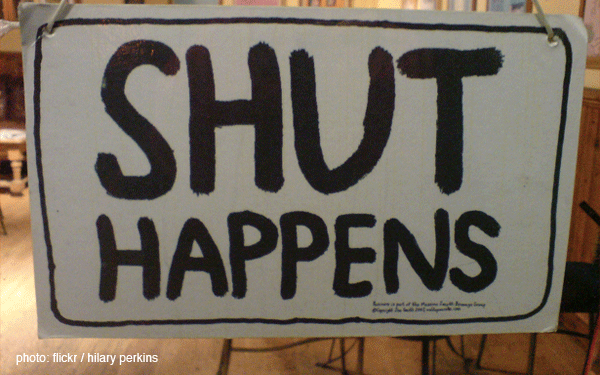
Humor relies on doing something a little bit different, creating a bit of surprise. If you don’t know what an audience already knows and expects, you can’t relate to them while also surprising them.
By doing your research about the recipient of your humor, you can increase the chance it will land.
What is your purpose?
The final component of the Humor MAP is also the most important because it’s all about the why. Why are you using humor? Is it to increase productivity, expand learning, develop creativity? What reason do you have for using it?
Without knowing why you’re using humor, you’re more likely to miss the mark with your humor and turn people off in the process. If you want to use humor to help people understand a concept better, including an analogy that they won’t understand doesn’t really help.
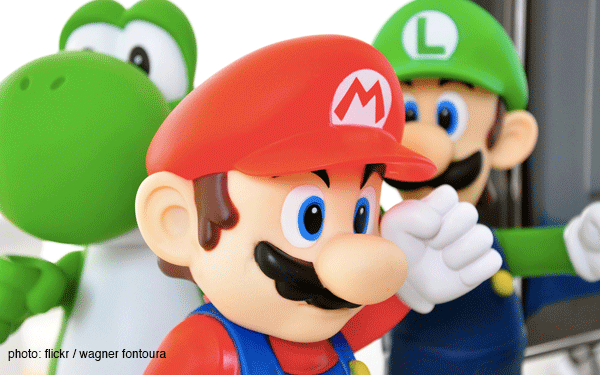
Humor for the sake of humor is perfectly fine, as long as you are deliberate about that being your purpose for using it. The humor you decide to use should be aligned with the outcome you hope to achieve.
With a clear objective for using humor, you’ll increase the chance that you’ll not only delight your audience, but also achieve your goals.
The Humor MAP is one part of our online course that teaches you how to use humor. To learn more, check out the online humor course.


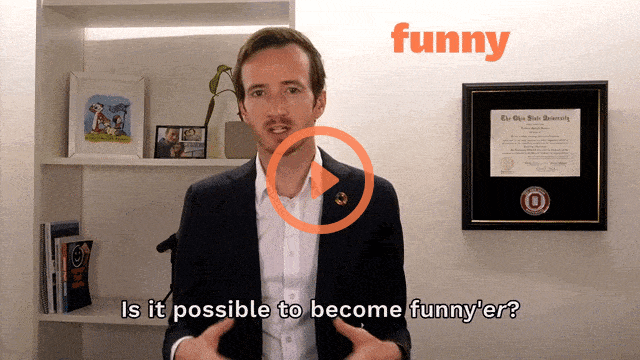
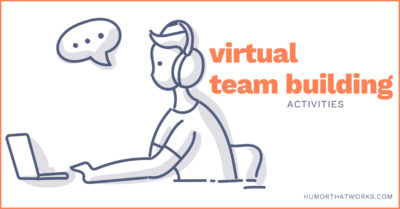
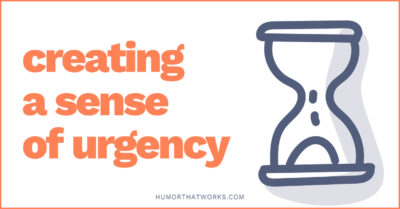
I teach public speaking, and I know that using humor in a presentation is a tricky proposition, and I make sure that I explain that to my students. If you can’t tell a joke, don’t! But a well-told funny story can really loosen up the crowd and make your job as the speaker or present that much easier. And, in the long run, a looser crowd may even learn more! Bravo, Andrew, for some excellent pointers!